Visit to download the full and correct content document: https://textbookfull.com/product/talk-to-me-in-korean-level-1-english-and-korean-editio n-talktomeinkorean/

Talk To Me In Korean Level 1 English and Korean Edition Talktomeinkorean
More products digital (pdf, epub, mobi) instant download maybe you interests ...
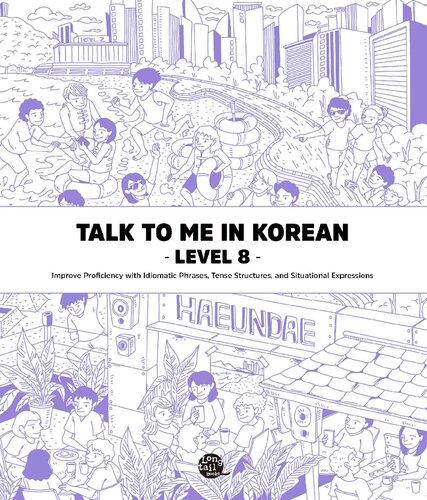
Talk To Me In Korean Level 8 English and Korean Edition
Talktomeinkorean
https://textbookfull.com/product/talk-to-me-in-koreanlevel-8-english-and-korean-edition-talktomeinkorean/
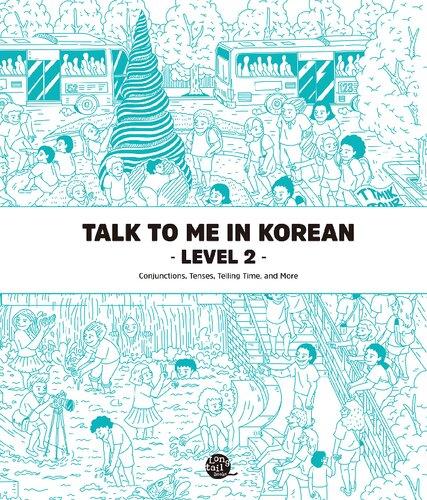
Talk to Me in Korean Level 2 Korean and English Edition
Talktomeinkorean
https://textbookfull.com/product/talk-to-me-in-koreanlevel-2-korean-and-english-edition-talktomeinkorean/

Talk To Me In Korean Level 3 English and Korean Edition
Talktomeinkorean
https://textbookfull.com/product/talk-to-me-in-koreanlevel-3-english-and-korean-edition-talktomeinkorean/
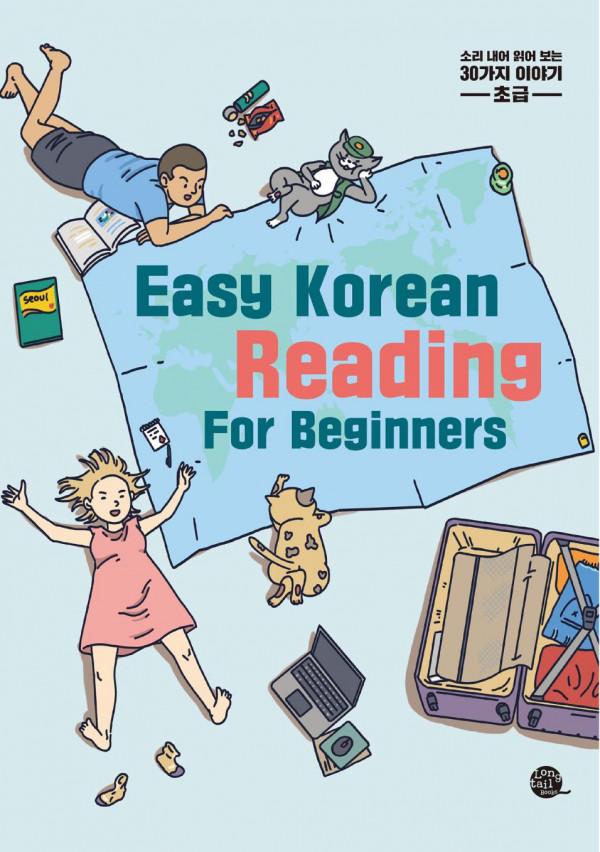
Easy Korean Reading For Beginners 1st Edition
Talktomeinkorean.
https://textbookfull.com/product/easy-korean-reading-forbeginners-1st-edition-talktomeinkorean/
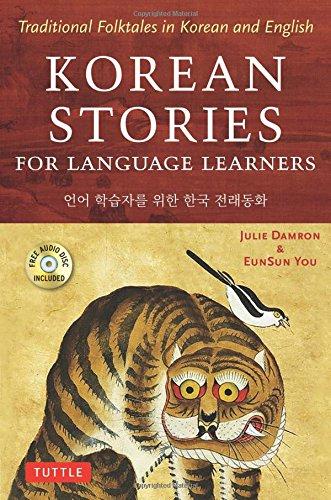
Korean Stories for Language Learners Traditional Folktales in Korean and English Julie Damron
https://textbookfull.com/product/korean-stories-for-languagelearners-traditional-folktales-in-korean-and-english-juliedamron/

Master KOREAN 4 1 English ver 1st Edition Hangrok Cho
https://textbookfull.com/product/master-korean-4-1-englishver-1st-edition-hangrok-cho/
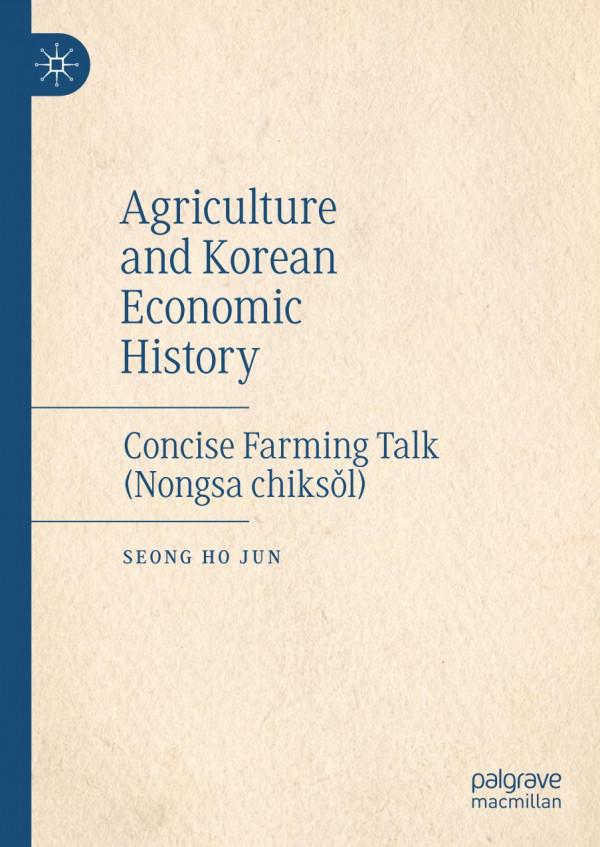
Agriculture and Korean Economic History: Concise Farming Talk (Nongsa chiks■l) Seong Ho Jun
https://textbookfull.com/product/agriculture-and-korean-economichistory-concise-farming-talk-nongsa-chiksol-seong-ho-jun/
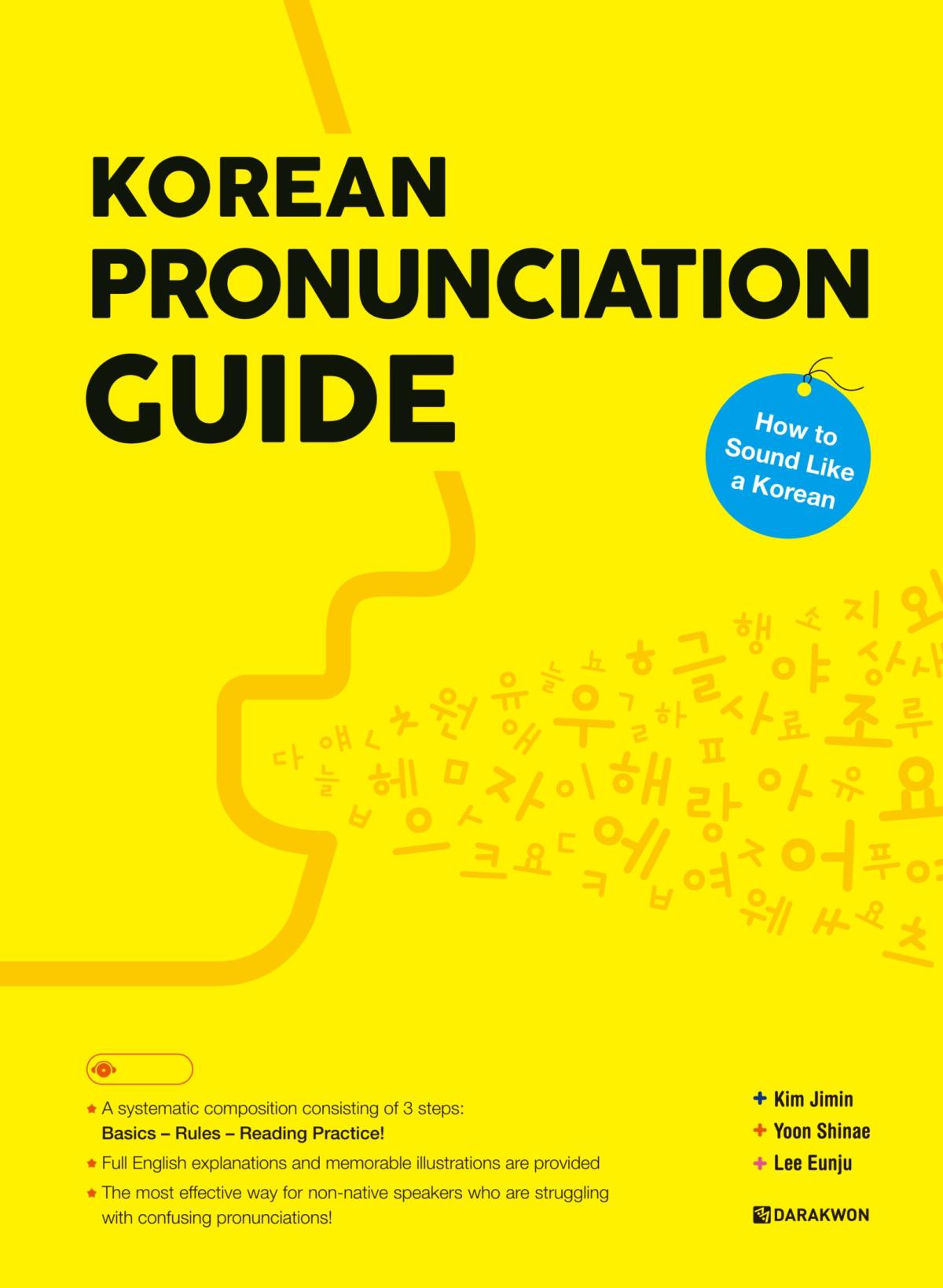
Korean Pronunciation Guide How to Sound Like a Korean 1st Edition Kim Jimin
https://textbookfull.com/product/korean-pronunciation-guide-howto-sound-like-a-korean-1st-edition-kim-jimin/

Korean Picture Dictionary Learn 1 500 Korean Words and Phrases Ideal for TOPIK Exam Prep Tina Cho
https://textbookfull.com/product/korean-picture-dictionarylearn-1-500-korean-words-and-phrases-ideal-for-topik-exam-preptina-cho/
TALK TO ME IN KOREAN
LEVEL 1
From Greetings to Numbers, Learn the Fundamentals of Conversational Korean
This book is based on a series of published lessons, divided into ten levels, which are currently available at TalkToMeInKorean.com
Talk To Me In Korean - Level 1
1판 1쇄 1st edition published
1판 11쇄 11st edition published
지은이 Written by
책임편집 Edited by
디자인 Design by
삽화 Illustration by
녹음 Voice Recording by
펴낸곳 Published by
펴낸이 Publisher
편집 Copy-edited by
주소 Address
전화 Telephone
팩스 Fax
이메일 E-mail
2015. 9. 21
2017. 7. 31
TalkToMeInKorean
선경화 Kyung-hwa Sun, 스테파니 베이츠 Stephanie Bates
선윤아 Yoona Sun
김경해 Kyounghae Kim
선현우 Hyunwoo Sun, 최경은 Kyeongeun Choi
롱테일북스 Longtail Books
이수영 Su Young Lee
김보경 Florence Kim
04043 서울 마포구 양화로 12길 16-9(서교동) 북앤드빌딩 3 층
3rd Floor Book-And Bldg. 16-9 Yanghwa-ro 12-gil, Mapo-gu, Seoul, KOREA
+82-2-3144-2708
+82-2-3144-2597
TTMIK@longtailbooks.co.kr
ISBN 979-11-86701-07-2 14710
* 이 교재의 내용을 사전 허가 없이 전재하거나 복제할 경우 법적인 제재를 받게 됨을 알려 드립니다
* 잘못된 책은 구입하신 서점이나 본사에서 교환해 드립니다
*정가는 표지에 표시되어 있습니다
Copyright © 2015 TalkToMeInKorean
*All rights reserved. Partial or in full copies of this book are strictly prohibited unless consent or permission is given by the publisher.
* Defective copies of this book may be exchanged at participating bookstores or directly from the publisher.
*The standard price of this book is printed on the back cover above the UPC barcode.
4
MESSAGE FROM THE AUTHOR
Hi, everyone. My name is Hyunwoo Sun, and I am a co-founder and teacher at TalkToMeInKorean. com. The website was created in 2009 in order to help people learn Korean through simple and easily accessible lessons, and ever since then, we have experienced some amazing things! Talk To Me In Korean audio lessons have been downloaded over 100 million times, we have received messages and letters from people around the world telling us how fast their Korean is improving, and we have even met people who have approached us on the streets of Seoul and talked to us in Korean!
We are very happy to see our lessons published as books, and just like our online lessons, this book is designed to help you learn Korean on your own even if you do not have a teacher or do not have the opportunity to attend classroom lessons. When you study with this book, please make sure you practice saying everything you learn out loud so that your pronunciation will become more Learning to speak a new language is a life-changing experience, and we are very happy to be part of your journey toward that goal. If you have any questions about any part of the book while studying on your own, please feel free to ask us by e-mailing us, leaving a comment on our website, or sending us a message on social media. We are always here to support your efforts to learn Korean, and our ultimate goal is to see you “ talk to us in Korean”. Thank you very much.
!
5
감사합니다
LESSON 1. Hello, Thank you / 안녕하세요 , 감사합니다
LESSON 2. Yes, No, What? / 네 , 아니요
LESSON 3. Goodbye, See you / 안녕히 계세요 , 안녕히 가세요
LESSON 4. I ’m sorry, Excuse me / 죄송합니다, 저기요
LESSON 5. It ’s me, What is it? / -이에요 , - 예요
LESSON 6. This is , What is this? / 이거 , 이거 뭐예요?
LESSON 7. This, That, It / 이, 저, 그 , 거/것
LESSON 8. It ’s NOT me / 아니에요
LESSON 9. Topic/Subject Marking Particles / - 은/- 는, -이/-가
LESSON 10. Have, Don’t have, There is, There isn’t / 있어요 , 없어요
[Blog] Places in Korea: Han River (한강)
LESSON 11. Please give me … / … 주세요
LESSON 12. It ’s delicious, It tastes awful, Thank you for the food / 맛있어요
6
잘 먹겠습니다 8 13 20 24 29 34 39 45 50 60 67 69 75
CONTENTS
,
TABLE OF
LESSON 13. I want to … / -고 싶어요
LESSON 14. What do you want to do? / 뭐 -고 싶어요?
LESSON 15. Sino-Korean Numbers / 일, 이, 삼, 사,
LESSON 16. Basic Present Tense / - 아/- 어/- 여요
LESSON 17. Past Tense / -았/었/였어요
LESSON 18. Location Marking Particles / 어디, - 에 , - 에서
LESSON 19. When / 언제
LESSON 20. Native Korean Numbers / 하나, 둘, 셋, 넷, …
[Blog] Travel in Korea: Taking a Taxi
LESSON 21. Negative Sentences / 안, -지 않다
LESSON 22. Verbs / 하다
LESSON 23. Who? / 누구?
LESSON 24. Why? How? / 왜? 어떻게?
LESSON 25. From A To B, From C Until D / - 에서/부터 - 까지
[Answers]
7 80 85 90 95 101 107 115 120 129 132 137 142 147 152 158
LESSON 1
Hello, Thank you
Hello./Hi./How are you?/Good afternoon./Good evening./etc... it will get easier.
안녕 + 하세요 = 안녕하세요 .
[an-nyeong]
[jon-daen-mal] [ha-se-yo] [an-nyeong-ha-se-yo.]
안녕 = well-being, peace, health
하세요 = you do, do you?, please do
안녕하세요 is the most common way of greeting someone in Korean. This greeting is in 존댓말, or polite/formal language. When someone greets you with 안녕하세요, you can simply greet the person back with 안녕하세요 .
TALK TO ME IN KOREANLEVEL 1 From Greetings to Numbers, 8
안녕하세요.
Track 01
안녕하세요. 감사합니다.
When you write this greeting, you can write it as “안녕하세요” (plain sentence) or “안녕
하세요? ” (question form). Either way is perfectly acceptable. 안녕하세요 wa s originally a question asking “Are you doing well? ” , “Are you at peace? ” , or “Are you living well? ”, but since it is a very common expression, people began to not expect any special answers in reply. For example, when you ask a friend of yours “ W hat ’s up? ”, do you really expect an honest answer about what ’s going on? In this case, you might hear “ What ’s up? ” in reply. 안녕하세요 is exactly like that.
Sample Conversation
A: 안녕하세요 . = Hello.
B: 안녕하세요 . = Hi .
In Korean, there are a few levels of politeness which are commonly called “ ” in English. If you ’ ’s important to know and utilize them. It gets much easier as you learn and practice more, so don’t wor ry! from each other and learn to use. One category is called 존댓말, which means polite or formal language, and the other is 반말, which means casual, intimate, or informal language. In Korean, if you hear sentences that end in ‘ -요’ or ‘ -니다’, they are most likely in 존댓말 (polite/formal language). It is better to learn 존댓말
[jon-daen-mal] [ban-mal] [-yo][-ni-da]
존댓말 in a situation when you can use 반말 (intimate/informal language), you are not going to be in too much trouble. However, if you use 반말 when you are supposed to use 존댓말, you might get into trouble.
LESSON 1 Learn the Fundamentals of Conversational Korean 9
Track 01
감사 + 합니다 = 감사합니다.
[gam-sa][ham-ni-da][gam-sa-ham-ni-da]
감사합니다.
Thank you.
감사 = appreciation, thankfulness, gratitude 합니다 = I do, I am doing
감사합니다 is the most common way to politely say “ thank you ” . 감사 means “gratitude” , and 합니다 mea ns “ I do” or “ I am doing ” in 존댓말 (polite/formal language). Together, the two mean “ than k you ”. You can use 감사합니다 where you want to say “ than k you ”
In English, when you say “ thank you ”, the expression has the word “ you ” in it. In Korean, however, people just say 감사합니다, but the word doesn’t have a subject ( “ you ” ) in it.
You don’t have to say “ you ” in Korean because it ’s easy to guess to whom you are offering thanks. As you learn more Korean expressions, you will see that there are many that need not include the subject within the sentence.
If you have a Korean friend or live in Korea but haven’t t ried using these expressions, try to use them as often as possible until they become very easy and comfortable to say!
TALK TO ME IN KOREANLEVEL 1 From Greetings to Numbers, 10
Track 01
Sample Dialogue
A: 안녕하세요. [an-nyeong-ha-se-yo.]
B: 안녕하세요. [an-nyeong-ha-se-yo.]
A: 여기요. [yeo-gi-yo.]
B: 감사합니다. [gam-sa-ham-ni-da.]
A: Hello.
B: Hello.
A: Here you go.
B: Thank you.
11 LESSON 1 Learn the Fundamentals of Conversational Korean
Track 02
Exercise for Lesson 1
1. What is the most common Korean greeting when you want to say “ hello” , “good morning ” , “good afternoon” , or “ hi ” to someone?
)
2 . How do you say “ thank you” in polite/formal Korean? ( )
3. What is the term for referring to the polite/formal language in Korean?
a. [jan-so-ri] b. [jon-daen-mal] c. [han-gu-geo] d. [an-nyeong]
4. Which term is used when referring to the intimate/informal language in Korean?
a. [jeong-mal] b. [chu-ka-hae-yo] c. [ban-mal] d. [in-sa-mal]
5. W hen you hear a Korean sentence that ends in ‘ -요’ or ‘ -니다’, is the politeness level typically 존댓말 or 반말 ? ( ) [-yo][-ni-da]
TALK TO ME IN KOREANLEVEL 1 From Greetings to Numbers, 12
(
Check the answers on p.159
LESSON 2
Yes, No, What?
네. 아니요.
After studying with this lesson, you will be able to answer with either YES or NO in response to basic questions in Korean.
네/아니요
In Korean, “ Yes” is 네 and “ No” is 아니요 in 존댓말, or polite/formal language.
[ne]
네. = Yes.
[ne.]
아니요 . = No.
[a-ni-yo.]
[a-ni-yo]
[jon-daen-mal]
However in Korean, when people say “네”, it does not have the same meaning as saying “ Yes” in English. The same goes for “아니요”, too. This is because the Korean word “
네” expresses your “ agre ement ” to what the other person is saying. In contrast, “아니요” expresses your “ disag reement ” or “ denial ” to what the other person is saying.
LESSON 2 Learn the Fundamentals of Conversational Korean 13
Track 03
For example, if someone asks you “ You don’t like coffee? ” ( 커피 안 좋아해요?) in Korean and your answer is “ No, I don’t like coffee”, you have to say “네”. The literal translation of “네” is “ Yes”, bu t what you actually mean in English would be “ No, I don’t like coffee” .
Strange? Maybe a little, so it is more accurate to put it this way:
네. = That ’s right. / I agree. / Sounds good. / What you said is correct.
아니요 . = That ’ s not right. / I don’t agree. / What you said is not correct.
When you ask “ You don’t like coffee? ” in Korean, if the person answering doesn’t like coffee, he/she will say “ No” in English but “네” in Korean. However if the person DOES like coffee, he/she will say “ Yes” in English but “아니요” in Korean.
Sample Conversations
A: 커피 좋아해요? = Do you like coffee?
[keo-pi jo-a-hae-yo?]
B: 네. 좋아해요 . = Yes, I like coffee.
[ne. jo-a-hae-yo.]
A: 커피 좋아해요? = Do you like coffee?
[keo-pi jo-a-hae-yo?]
B: 아니요 . 안 좋아해요 . = No, I don’t like coffee.
[a-ni-yo. an jo-a-hae-yo.]
A: 커피 안 좋아해요? = You don’t like coffee?
[keo-pi an jo-a-hae-yo?]
B: 아니요 . 좋아해요 . = Yes (아니요 in Korean), I like coffee.
[a-ni-yo. jo-a-hae-yo.]
A: 커피 안 좋아해요? = You don’t like coffee?
[keo-pi an jo-a-hae-yo?]
B: 네. 안 좋아해요 . = No (네 in Korean), I don’t like coffee.
[ne. an jo-a-hae-yo.]
TALK TO ME IN KOREANLEVEL 1 From Greetings to Numbers, 14
Track 03
You don’t have to worry about the other parts of the sample sentences mentioned previously. Just remember that the Korean system for saying YES and NO is different from the English system.
More
usages of 네
네 is more than just YES or THAT ’ S RIG HT.
While 네 is used to express “ Yes” or “ That ’s right ” you listen to two Korean people talking with each other, you will hear them saying 네 quite often, even when it is not intended to mean “ Yes”
Therefore, it is normal for two Korean people to have a conversation as the one below. Imagine that the entire conversation is in Korean.
[ne.] [ne]
Sample Conversation
A: You know what, I bought this book yesterday.
B: 네. (Oh, you did?)
A: And I really like it.
B: 네... (I see...)
A: But it ’s a bit too expensive.
B: 네. (I see!)
A: Do you know how much it was?
B: How much was it?
A: It was 100 dollars!
LESSON 2 Learn the Fundamentals of Conversational Korean 15
Track 03
B: 네? (What?)
A: So I paid with my credit card.
B: 네. .. (I got it.)
A: But I still like it a lot because it ’s a book by Kyeong-eun Choi, one of the teachers at TalkToMeInKorean.com
B: 네... (I see...)
[ne]
So, as you can see from the dialogue above, 네 is a multi-player. Not only can it mean “ yes ” or “ that ’s right ”, bu t it can also mean “ I see” , “ I got it ” , “ I ’m here! (when someone calls you)” , “ I understand ” , “ah- ha”
Using 네 with 맞아요
Because 네 and 아니요 are focused more on your agreement and disagreement rather than whether something is true or not, and ALSO because 네 can mean “ I see” or “ah-ha” as well, Korean people often add the expression 맞아요 after 네
네, 맞아요. = Yes, that’s right.
This is used in order to express more strongly and clearly that you are saying “ You ’re right ” rather than sounding like you are just passively listening while nodding.
네 is amazing. It can be many things, but it can also be “ What d id you say? ”
Suppose someone said something to you, but you couldn’t hear the person well or you weren ’t paying much attention. Then you can say “네? ” to me an “ Pardon me? ” , “ I ’m sorry? ” ,
[ne] [ne] [ne?] [a-ni-yo] [ma-ja-yo] [ne, ma-ja-yo.] [ne?]
TALK TO ME IN KOREANLEVEL 1 From Greetings to Numbers, 16
Track 03
“ What did you say? ” , or “ I didn’t hear you well ”. You can also use “네? ” to show your surprise.
Sample Conversation
A: I bought a present for you.
B: 네? (What? You did?)
[ne?]
A: I said I bought a present for you!
B: 네? ( What?)
A: Forget it.
B: 네? (Pardon?)
LESSON 2 Learn the Fundamentals of Conversational Korean 17
Track 03
Sample Dialogue
A: 경화 씨, 커피 좋아해요?
[gyeong-hwa ssi, keo-pi jo-a-hae-yo?]
B: 네. 좋아해요.
[ne. jo-a-hae-yo.]
A: 블랙커피 좋아해요?
[beul-laek-keo-pi jo-a-hae-yo?]
B: 네, 맞아요.
[ne, ma-ja-yo.]
A: Do you like coffee, Kyung-hwa?
B: Yes, I do.
A: Do you like black coffee?
B: Yes, that’s right.
TALK TO ME IN KOREANLEVEL 1 From Greetings to Numbers, 18
Track 04
Exercise for Lesson 2
1. How do you say “ yes ” in polite/formal Korean?
)
2 . How do you say “ no ” in polite/formal Korean?
)
3. What is the difference between the Korean “ yes ” and “ no ” and the English “ yes ” and “ no ” ?
a. The Korean “ yes ” and “ no ” are stronger than the English “ yes ” and “ no ”
b. The Korean “ yes ” and “ no ” express your agreement or disagreement to what the other person said, rather than expressing whether the fact itself is true or not.
c. In Korean, “ no ” does not exist. There is only “ yes ”
4. How do you say “ that ’s right ” in polite/formal Korean?
)
5. Which of the following is NOT correct?
a. 네 . = Yes.
b. 네 . = I see .
c. 네 ? = Pardon me?
d. 네 ? = What ? (showing one ’s surprise)
e. 네 . = Thanks.
LESSON 2 Learn the Fundamentals of Conversational Korean 19
(
(
(
Check the answers on p.159
LESSON 3
Goodbye, See you
After studying with this lesson, you will be able to say goodbye in Korean.
Do you remember how to say “ Hello” in Korean? It is 안녕하세요 .
[an-nyeong-ha-se-yo]
If you remember 안녕하세요 , that is fantastic! If you even remember that “안녕” in 안녕하세
요 means “ peace ” a nd “ well-being ”, that is even more fantastic!
안녕 = well-being, peace, health.
[an-nyeong]
In Korean, when you say “goodbye” in formal/polite Korean, 존댓말, there are two types of expressions, and both of these expressions have the word 안녕 in the m.
[jon-daen-mal]
[an-nyeong]
One is when you are the one who is leaving. The other is when you are the one who is staying and you are seeing the people or the person leaving.
TALK TO ME IN KOREANLEVEL 1 From Greetings to Numbers, 20
Track 05 안녕히 계세요. 안녕히 가세요.
If you are leaving and the other person is (or the other people are) staying, you can say:
안녕히 계세요.
If you are staying and the other person is (or the other people are) leaving, you can say:
안녕히 가세요.
*If two or more people meet and all of them are leaving and going in separate directions, they can all say 안녕히 가세요 to each other since no one is staying.
For now, don’t worry about the literal meaning of the expressions and just learn them as they are. However if you are really curious and if you were to translate these greetings literally, they would be translated like this:
안녕히 계세요 . = Stay in peace.
[an-nyeong-hi gye-se-yo.]
안녕히 가세요 . = Go in peace.
[an-nyeong-hi ga-se-yo.]
Again, don’t worry about the literal meaning of these greetings JUST YET!
*When Korean people say 안녕하세요 , 안녕히 계세요 , or 안녕히 가세요 , they don’t always pronounce EVERY single letter clearly. So often at times, what you would hear clearly is just the ending part, “세요”
[se-yo]
[an-nyeong-ha-se-yo][an-nyeong-hi gye-se-yo]
[an-nyeong-hi ga-se-yo]
LESSON 3 Learn the Fundamentals of Conversational Korean 21
Track 05
Sample Dialogue
A: 안녕하세요. [an-nyeong-ha-se-yo.]
B: 안녕하세요. 저는 이제 가요. [an-nyeong-ha-se-yo. jeo-neun i-je ga-yo.]
A: 안녕히 가세요. [an-nyeong-hi ga-se-yo.]
B: 네, 안녕히 계세요. [ne, an-nyeong-hi gye-se-yo.]
A: Hello.
B: Hello. I’m leaving now.
A: Goodbye.
B: Okay. Goodbye.
TALK TO ME IN KOREANLEVEL 1 From Greetings to Numbers, 22
Track 06
Exercise for Lesson 3
1. If you are leaving a place and the others are staying, how do you say “goodbye” in polite/formal Korean? The literal translation of this expression is “please stay in peace” .
)
2 . If you are the one staying and the others are leaving, how do you say “goodbye” in polite/ formal Korean? The literal translation of this expression is “please go in peace”
)
3. If both you and the other person are leaving the place you are in now, and no one is staying, what do you say to the other person to say “goodbye” in polite/formal Korean?
4. What does 안녕 mean? ( ) Check
)
LESSON 3 Learn the Fundamentals of Conversational Korean 23
(
(
(
the answers on p.159
LESSON 4
I'm sorry, Excuse me
After studying with this lesson, you will be able to say “ I am sorry ” or “ I apologize” in Korean. You will also be able to get someone ’s attention when you want to say something to them or order something in a restaurant.
죄송합니다.
Do you remember how to say “ Thank you” in Korean? It is 감사합니다. If you also remember that 감사합니다 is basically 감사 (“appreciation” or “ thankfulness” ) plus 합니다 (“ I do” ), you can assume that 죄송합니다 is also 죄송 plus 합니다
[joe-song-ham-ni-da]
[gam-sa-ham-ni-da]
[joe-song] [ham-ni-da]
죄송 means “apology ” , “ being sorry ” , or “ feeling ashamed ”, and 합니다 means “ I do” Therefore, 죄송합니다 means “ I am sorry ” or “ I apologize” .
[joe-song-ham-ni-da]
TALK TO ME IN KOREANLEVEL 1 From Greetings to Numbers, 24
Track 07 죄송합니다.
저기요.
Q: Why is “ 합니다 ” not pronounced as [hap-ni-da] but instead as [ham-ni-da]?
A: In Korean, when you say something like “합 but rather as a part of the entire syllable. Therefore, instead of pronouncing 합 as “ha” plus “p”, you press your lips together after 합 without aspirating the “p” sound, which is also known as a “bilabial stop” (try saying the English word “stop” with a puff of air at the end [aspirated], then say “stop” again with your lips pressed together and no puff of air). Since the syllable which follows 합 is 니, there is no vowel in between ㅂ and ㄴ in order to create the aspirated “p” sound. This creates an easier transition between 합 and 니, and when spoken quickly, ㅂ softens to an ㅁ[m] sound.
“ I ’ m sorry ” is NOT always 죄송합니다.
Even though 죄송합니다 is BASICALLY “ I ’ m sorry ” , you can ’t use 죄송합니다 when you want to say “ I am sor ry to hear that ”. Often at times, native Korean speakers are confused when delivering bad news to English-speaking friends and hear the phrase “ I ’ m sorr y ” as a response. If you say “ I ’ m sorr y ” after you hear some bad news from your Korean friend, he or she might say “ Why ar e YOU apologizing for that? ” to you. This is because 죄송합니다 ONLY means “ I apologize” , “ It was my bad ” , “ Excuse me” or “ I shouldn’t have done that ”. It can never mean “ I ’ m sorr y to hear that ”
[joe-song-ham-ni-da]
Using 죄송합니다 as “ excuse me ” in Korean is typically heard when passing through a crowd of people or when bumping into someone. It is NOT used the same way as the English phrase “ excuse me ”, especially when it comes to trying to get the attention of a waiter or a stranger. When you want to get someone ’s atte ntion in Korean, you absolutely need to use
저기요 .
[jeo-gi-yo]
LESSON 4 Learn the Fundamentals of Conversational Korean 25
Track 07
저기요.
[jeo-gi]
저기 literally means “over there” , so “저기요” means “ Hey, you! Over there! Look at me! ” but in a more polite way. You can say “저기요” when someone is not looking at you but you need their attention. It is exactly the same as “ Excuse me ” except “저기요” does not mean “ I ’ m sorry ” .
In English, you can use the expression “ Excuse me” in all of the following situations:
1) when passing through a crowd of people;
2) when leaving the room for a second;
3) when you want to get someone ’ s atte ntion and talk to them or let them know something;
4) when you want to call the waiter in a restaurant or a cafe to order something.
[jeo-gi-yo]
저기요 is an expression which CAN be translated as “ excuse me ”, but only in numbers 3 and 4 listed above.
Including 죄송합니다, ther e are a few more expressions you can use when passing through a crowd of people:
1. 잠시만요 . (literal meaning: “ Just a second ” )
2. 죄송합니다. (literal meaning: “ I am sorry ” )
[joe-song-ham-ni-da.]
3. 잠깐만요 . (literal meaning: “ Just a second ” )
[jam-kkan-man-nyo.] [jam-si-man-nyo.]
(Yes, “잠시만요” and “ 잠깐만요” are the same thing.)
These are the most commonly used expressions. You don’t have to memorize them right now, but they are good to know!
TALK TO ME IN KOREANLEVEL 1 From Greetings to Numbers, 26
Track 07
A: 아야! [a-ya!]
B: 죄송합니다. [joe-song-ham-ni-da.]
A: 저기요! 이거요. [jeo-gi-yo! i-geo-yo.]
Sample Dialogue
A: Ouch!
B: I’m sorry.
A: Excuse me! Here it is.
27 LESSON 4 Learn the Fundamentals of Conversational Korean
Track 08
Exercise for Lesson 4
1. If you made a mistake or did something that you feel bad about, what can you say in polite Korean to apologize?
)
2 . You are running up the stairs inside a busy subway station and accidentally stepped on someone ’s foot. What can you say to the person to apologize?
)
3. You are in a restaurant and you are now ready to order. What do you say to the waiter to get his or her attention?
)
4. You want to pass through a crowd of people or reach out for a book in a bookstore, but there is someone in your way. Which of the following should you avoid saying to mean “ excuse me ” ?
a. 죄송합니다.
[joe-song-ham-ni-da.]
b. 잠시만요
[jam-si-man-nyo.]
c. 안녕히 가세요
[an-nyeong-hi ga-se-yo.]
5. Which situation is most appropriate for saying “죄송합니다” ?
a. After you hear some bad news from a friend.
b. When you are leaving the room for a second.
c. When you want to get a person ’ s attention and talk to them or let them know something.
d. When you apologize to someone.
TALK TO ME IN KOREANLEVEL 1 From Greetings to Numbers, 28
(
(
(
Check the answers on p.159
LESSON 5
It's me, What is it?
-이에요/-예요
After studying with this lesson, you will be able to say things like “A is B (noun)” or “ I am ABC (noun)” in polite/formal Korean.
-이에요/-예요
-이에요 and - 예요 have a similar role to that of the English verb “ to be”. The fundamental difference, however, is the sentence structure and order that they are used in.
English sentence structure: [be] + ABC. *ABC is a noun here.
Ex) It is ABC. / I am ABC.
Korean sentence structure: ABC + [be]. *ABC is a noun here.
[-i-e-yo] [-ye-yo] [ABC-ye-yo.]
Ex) ABC예요 . = It is ABC. / I am ABC.
LESSON 5 Learn the Fundamentals of Conversational Korean 29
Track 09










